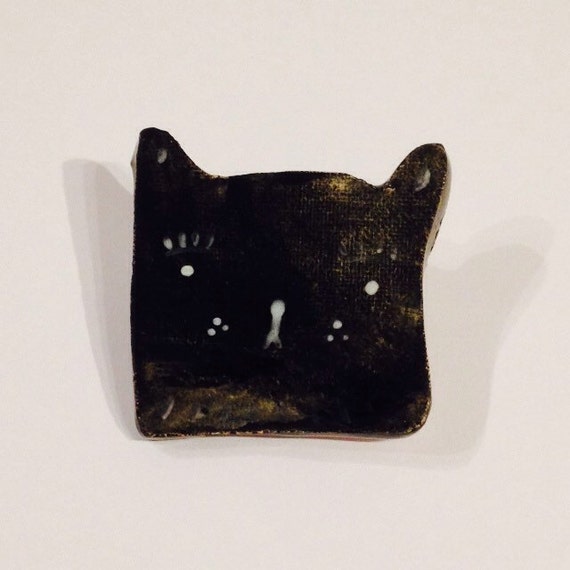Vice Magazine
I suppose Vice was the initial starting point when we got talking about Sad Mag - it's so cult-ish and has a really big circulation so it was the thing that everyone kind of knew. We all agreed, however, that for all its strengths - it's self-knowing, punch, gross in a cool kind of way - it's just a bit much. Although with Sad Mag humor and self-deprecation would be necessary, I would hope that it would something far subtler than Vice.
UK Circulation: 80,000
Available through most independent book/magazine stores, but also through some high street retailers such as W H Smiths.
Oh Comely magazine
A lifestyle magazine, and obviously quite different in tone to what we envisage Sad Mag being - far more in line with Kinfolk/Cereal etc. However, they do take on a different theme every issue, with all the content being based around that theme.This is an interesting feature of what could otherwise be quite a samey magazine. Good pictures though. They also have great reader interaction, and encourage readers to send in hand written letters/postcards. Also have the option via their website to sign up to a subscription box, so you get a mystery parcel through the post with each issue. We have discussed the idea of 'sad boxes' - could be something there.
UK circulation: 20,000 -so a much smaller and therefore more realistic source of inspiration than Vice
As with Vice, is available through independent stores as well as through high street seller.
Bad Day magazine
There's definitely something to be learned from this look; it's so simple but very effective. The tear drop in the corner is a nice touch. When we first realized that 'Bad Day' was a thing, we originally worried that our idea was be too close, so as to seem derivative, After some research we realized that they are actually nothing alike, and Bad Day is actually just a broad arts & culture magazine, just the whole 'bad' idea just being part of a visual identity. Strong aesthetic though.
The Sad Ghost Club
Not strictly a publication, but an illustration collective (however, they do frequently self-publish comics and zines etc). Slightly more 'serious' that what Sad Mag would probably be, dealing with very 'real' issues such as making friends, coping with anxiety, however it is still valuable to see how the message of 'sadness' can be communicated in different ways. Also Sad Ghosts Club has a really strong collective identity, and a huge internet following. They can often be found exhibiting at comics festivals and zine fairs.
Shite Shirts
Jon pointed us toward Shite Shirts, and it's actually been a great source of inspiration. Obviously Shite Shirts is not a publication company, but it has the ethos we want Sad Mag to have. There's something weirdly joyous in the celebration of rubbish things,























